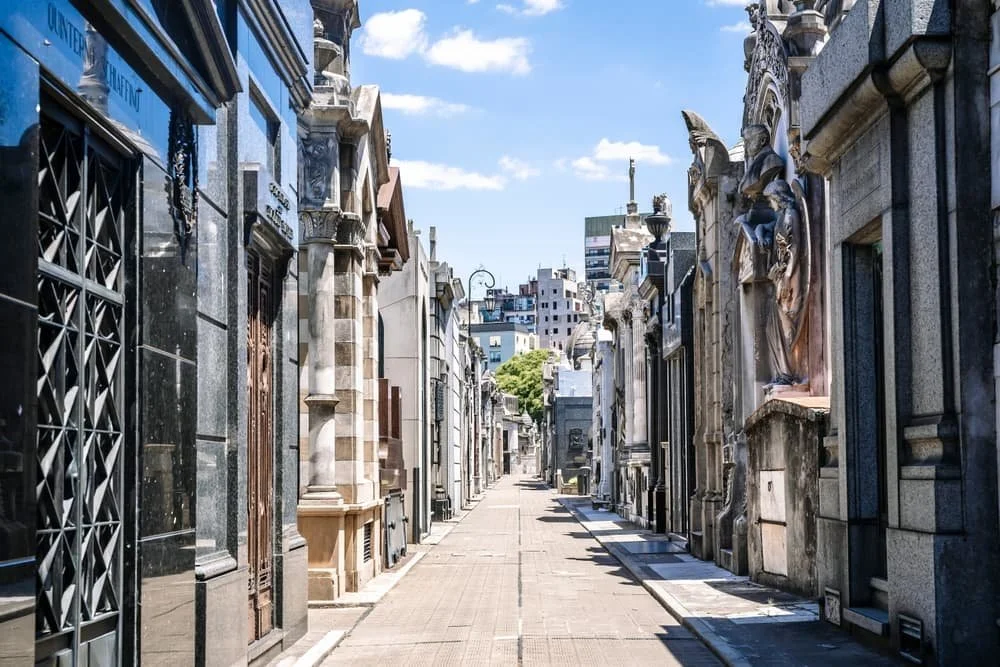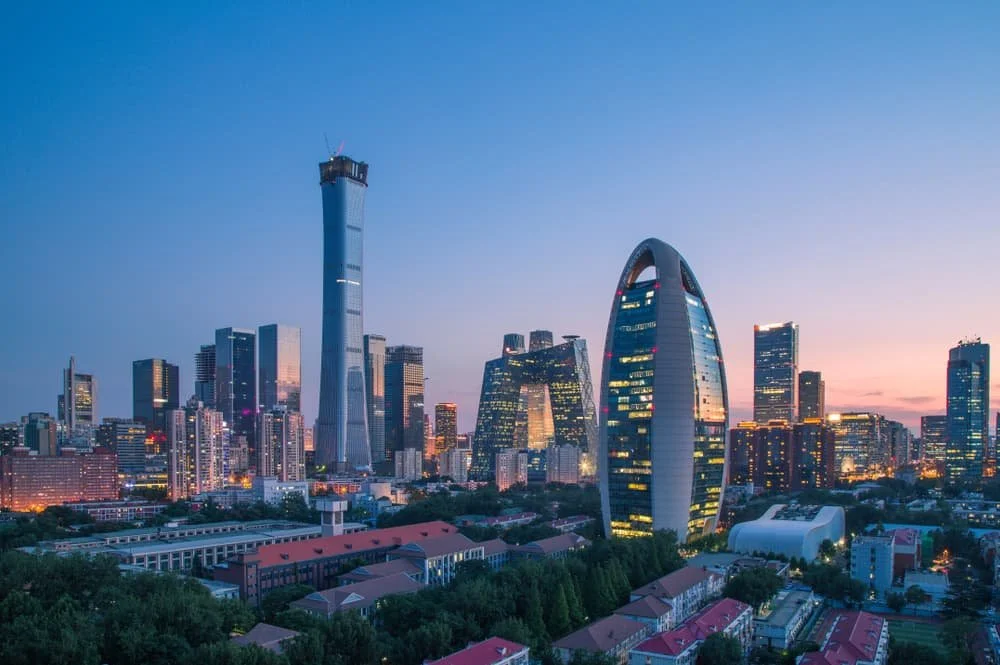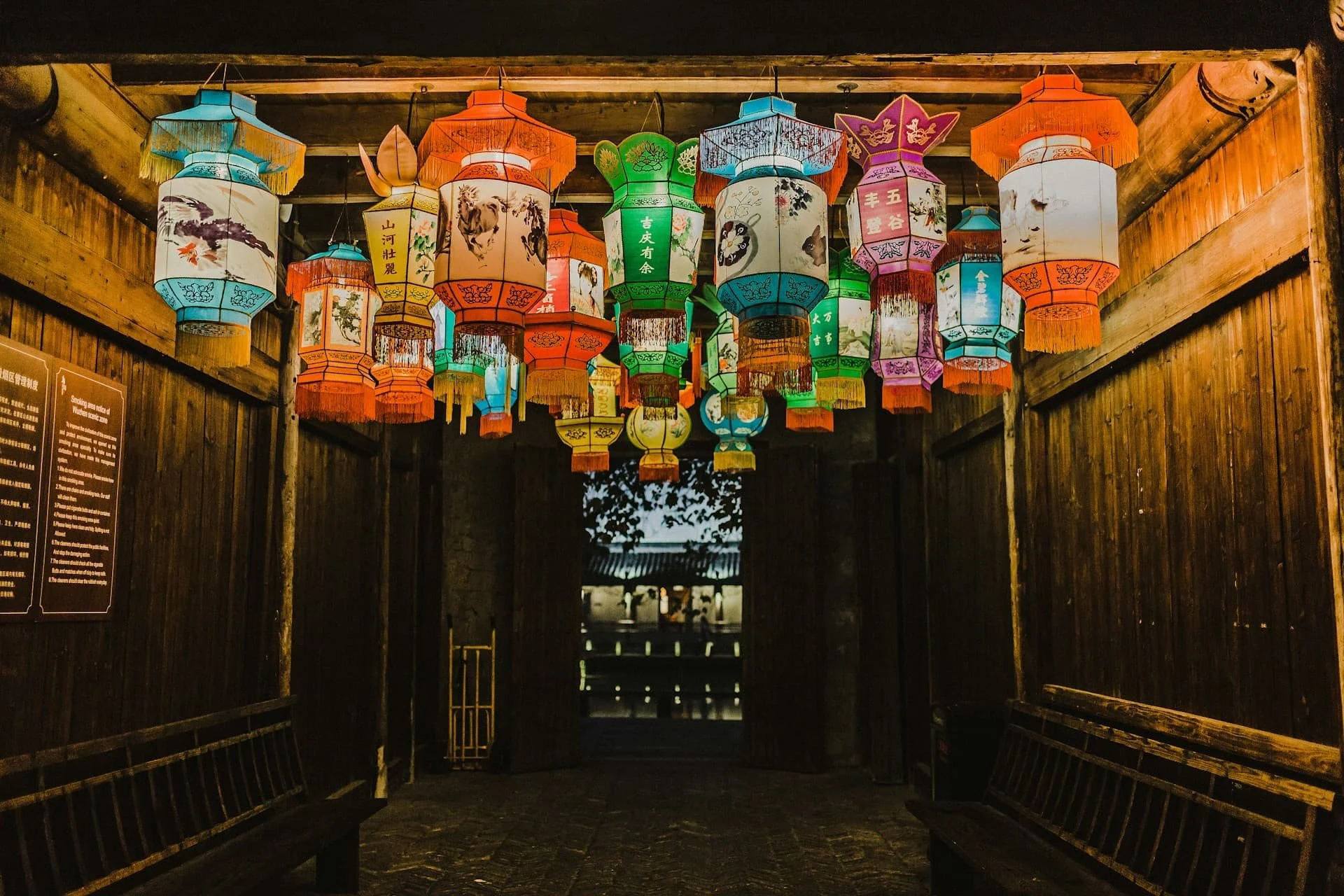The 11 Best Neighbourhoods in Buenos Aires
Check out these 11 essential neighbourhoods to explore in BA
Todamo / Shutterstock
Buenos Aires is huge, lively, and made up of neighbourhoods that each feel like their own little world. One moment you’re wandering leafy parks, the next you’re bar-hopping in a trendy barrio, or digging through antiques in a cobbled street. The best way to get to know the city is to pick an area, slow down, and let it show you what it’s about.
Palermo
Palermo is the city’s big tent: leafy parks, late-night bars, tiny designer shops, and some of the best restaurants in Latin America. Palermo Soho is where cafés spill onto cobbles around Plaza Serrano; Palermo Hollywood leans into cocktail dens and open-fire kitchens; Palermo Chico edges toward museums and embassies.
Eating well is almost compulsory. Don Julio—yes, the one that topped Latin America’s 50 Best in late 2024—still grills grass-fed steaks with ridiculous finesse, so book early or join the line and sip house bubbles while you wait on Guatemala Street.
Two blocks away, El Preferido de Palermo does the porteño classics in a restored 19th-century corner spot painted a cheery pink; share the milanesa napolitana and the tortilla that arrives gooey-centered and perfect.
By day, reset in the Bosques de Palermo and its century-old Rosedal (rose garden), or pair culture with air-con at MALBA, home to Latin American heavyweights from Frida to Carrington.
Recoleta
Zuyeu Uladzimir / Shutterstock
Recoleta is old money with good bones. Think Parisian façades, quiet plazas, and the marble mini-city of Recoleta Cemetery, where angels and obelisks crowd the lanes and visitors hunt for Evita’s understated tomb.
When you’ve had your fill of funerary drama, walk to El Ateneo Grand Splendid—a former 1919 theatre reborn as a bookshop, with a café on the old stage and frescoes still glowing overhead. The area is ideal for strolling: duck into leafy squares, nose around weekend craft stalls by the Centro Cultural Recoleta, and linger over medialunas in a traditional café.
San Telmo
San Telmo is Buenos Aires with its shirt sleeves rolled up—colonial houses, cobblestones, and an antique habit it never quite kicked. On Sundays, Defensa Street turns into the Feria de San Telmo, a kilometer-long treasure hunt of vintage cameras, tango buskers, and old silver spoons you don’t need but will absolutely bargain for.
The covered Mercado de San Telmo does the rest of the week proud with produce, choripán and wine bars tucked between veg stalls. It’s the place to stroll, to listen, to let the city take the lead.
La Boca
Barbara Zandoval / Unsplash
La Boca is the city’s paint-box—a working-class dockland famous for primary-coloured tin houses and a ferocious love of football. Caminito, the open-air street-museum, is where the postcards come from, and La Bombonera is where the neighbourhood’s pulse lives. Stadium and museum tours get you inside Boca Juniors’ “chocolate box” to see what all the noise is about.
Be smart here: stick to the Caminito area by day, keep cameras low-key, and take a cab to and from the site; official advisories note that the blocks beyond the tourist core see more theft and aren’t one-for-wandering after dark.
Monserrat & Microcentro
saiko3p / Shutterstock
Downtown is history underfoot. Monserrat wraps around Plaza de Mayo, where protests still unfurl banners beneath the pink presidential palace, the Casa Rosada. Free tours run on select days if you book in advance and bring ID.
Avenida de Mayo itself is a time capsule of domes and cafés; pull up a bentwood chair at Café Tortoni—founded in 1858—and order a cortado, because some clichés are just good sense. Between office towers, you’ll stumble into sudden pockets of grandeur: the Cabildo’s arcades, a glimpse of the Metropolitan Cathedral, a rush of traffic beneath the Obelisk on 9 de Julio.
Puerto Madero
If the historic core is sepia, Puerto Madero is glass and gloss. Warehouses became sleek lofts, docks became promenades, and the skyline borrowed a little Miami. Cross the Puente de la Mujer—Santiago Calatrava’s white, tango-evoking swing bridge—then keep going until the pavement gives way to reeds.
The Costanera Sur Ecological Reserve is the city’s shock of wild: 350-plus hectares of wetlands and trails with herons skimming the lagoon and runners pounding past. It opens Tuesday through Sunday, with slightly longer hours in summer; entry is free. Pick up a choripán from the parrillas along the river when you’re done.
Belgrano
guillermo_celano / Shutterstock
Belgrano lounges in the north with leafy streets, handsome apartment blocks and a thrum of everyday affluence. The draw for many is Barrio Chino, the city’s compact Chinatown straddling Arribeños Street.
What began with 1980s Asian immigration has grown into supermarkets stacked with imported noodles and sauces, bakeries perfuming the air with pineapple buns, and a small Buddhist temple tucked among the towers. Weekends feel like a street-food festival; weekdays are for lunch deals and bubble tea. Between bites, wander Barrancas de Belgrano’s park or hop the train out to the riverside suburbs.
Villa Crespo
Villa Crespo is Palermo’s quieter sibling and better at shopping. The outlet district spreads along Aguirre and Gurruchaga, where global brands discount last season’s stock and local designers run sample sales.
Come mid-afternoon, join the queue at Sarkis, the beloved Armenian institution where waiters fly past with smoky eggplant purée, grilled meats, and lemony tabbouleh. The vibe after dark tilts to wine bars and low-key cocktail spots dotted among tree-lined streets. If you want Palermo energy without the noise, base here and stroll north when it’s time to play.
Chacarita
Chacarita is the city’s current food crush. Locals nicknamed it “Palermo Dead” for the vast cemetery at its heart, but the name undersells the living: a clutch of chef-driven restaurants and bars has turned these residential blocks into a destination.
Naranjo pours small-producer Argentine wines alongside seasonal plates; Ulúa brings real heat and Oaxaca-leaning masa to a city long shy of spice; Apu Nena riffs on Asian tapas; La Fuerza distills its own vermouth and serves it the old-school porteño way—with a splash of soda and a plate of fritters. It’s the neighbourhood where a lazy dinner becomes a night you’ll talk about later.
Colegiales
Colegiales is the exhale between hotspots—low houses, jasmine hedges, and mates on stoops—until you reach the Mercado de Pulgas, a cavernous antiques market sitting right where Palermo Hollywood fades out. Spend an hour rummaging: mid-century chairs that have seen things, brass lamps begging for rewiring, crates of vinyl and mismatched glassware you’ll swear will fit in your carry-on. The market keeps regular daytime hours from Tuesday to Sunday and is an easy add-on to a Dorrego-area café crawl. As evening falls, tiny bars wink on around Lacroze and Matienzo.
Almagro
Sandro Leardini / Shutterstock
If Palermo throws parties, Almagro keeps the culture. It’s tango country—residential, scruffy in parts, studded with “bares notables.” Duck into Las Violetas, a 1900s confectionery temple with stained glass and marble where the waiters still wear the tie and the cakes arrive on silver stands; it was designated part of the city’s cultural heritage for a reason.
At night, milongas pulse behind nondescript doors and you’ll hear Spanish spiked with lunfardo, the local slang. Almagro also makes a no-nonsense base near the Subte lines, with microbreweries and empanada shops for quick fuel.
Caballito
Smack in the center of the city, Caballito is pure everyday Buenos Aires with a few delightful quirks. On weekends, the Historic Tramway loops a short circuit from Emilio Mitre in lovingly restored streetcars—a volunteer-run rolling museum that kids and transit nerds adore. Schedules shift by season, but weekend afternoons are a good bet and rides are free; they pause for rain. Between tram spins, browse Parque Rivadavia’s bookstalls, grab a slice of fugazzeta, and watch the city go about its business.
How to Choose Your Base
Short trip and you want the hits within walking distance of your bed? Palermo and Recoleta are painless. After-work cocktails by the docks and morning runs through bird calls? Puerto Madero. Antique-hunting and lazy café time? San Telmo. Foodie laser focus? Chacarita, with Villa Crespo and Colegiales stitched on. Culture with a side of candid, big-city chaos? Monserrat/Microcentro puts you beside protests, palaces and poetry. And if you’re craving everyday life with easy transit, Caballito or Almagro are delightfully normal.
Staying Safe
Buenos Aires is a big, busy city. Use radio taxis or rideshare at night, keep phones pocketed on crowded corners, and read the room. In La Boca, visit by day, stay in the Caminito area and take transport door-to-door; official advisories are clear about avoiding side streets after dark. Parks, plazas, and café terraces are where the city breathes—claim your table, order something simple, and watch the theatre roll by.


















